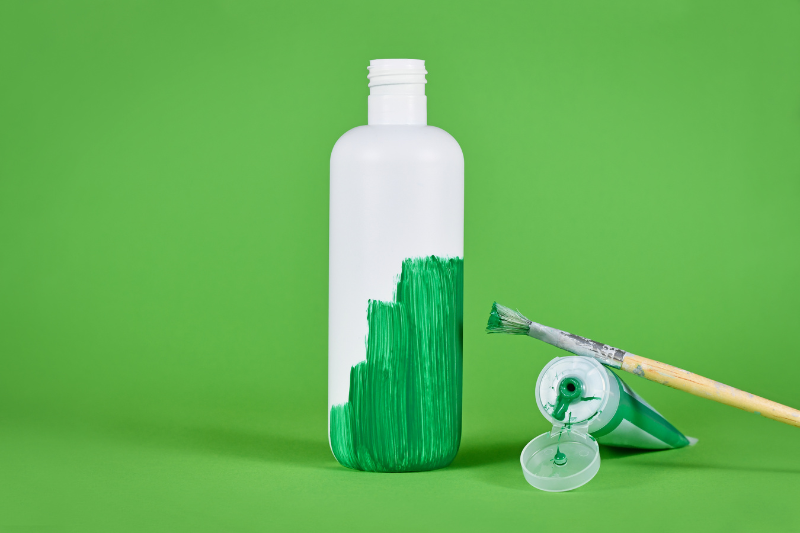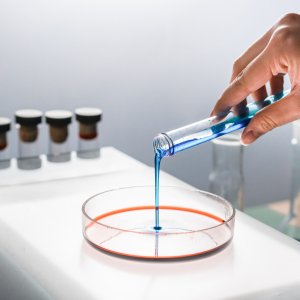Remember when "eco" was more of a hippie thing? Today, green practices are so present in our daily lives that it is no longer unusual for everything to be labeled "natural", "bio" or "green". And companies are well aware that they have to join this trend.
You've probably seen more than one brown packaging with the word "bio" clearly visible, or the famous "recyclable" that we now find everywhere. But is all that actually true?
Greenwashing: a not so sustainable practice
In case you have not yet heard of greenwashing, it is a marketing technique used by brands to convince consumers that they are much more sustainable than they really are.
And as more and more companies are misleading their customers with messages of this kind, consumers no longer know how to identify what is sustainable from what is not. But, of course, there are brands that ARE working towards sustainability in their products. How to differentiate them?

4 ways to spot greenwashing
So how do we identify greenwashing?
- Look out for "natural" colors: just because a package is brown or green does not mean it is recyclable or biodegradable.
- Read the labels: look for the percentage of organic ingredients or the origin of the materials from which the product is made.
- The information should be clear and visible, not hidden in tiny, illegible letters.
- Contrast data: check if what you are promised is true or if, on the contrary, the information is not very reliable. On the Internet you are sure to find news or customer opinions that will help you out.
- Brands that are sustainable tell you about it: if they are looking for a real change, they will be happy to share it. If they are working hard to improve, they will want their customers to be the first to know.
- Some materials may seem environmentally friendly but there could be better options: the best choice may not be that T-shirt made from recycled plastic, as it will continue to release microplastics when washed and contaminate the water. Always look for natural materials such as, for example, organically produced cotton.
- Take a look at their social networks: if a brand is consistent, their values will always be there, and not only at specific dates.
- Check if they have any certification: a 100% natural product will usually be accompanied by a reference certification, such as the Biosphere certification.
Sustainability is becoming more and more important in our lives, and knowing how to identify the greenwashing practices of different businesses is a powerful tool for us as conscious consumers. In this way, we ensure that we make better choices for our environment, while encouraging and supporting organizations that practice consistency and transparency in their actions.
The key is to ensure that sustainability is not just another trend to be forgotten, but a value integrated into society and the links that form part of the system. Will we succeed?













